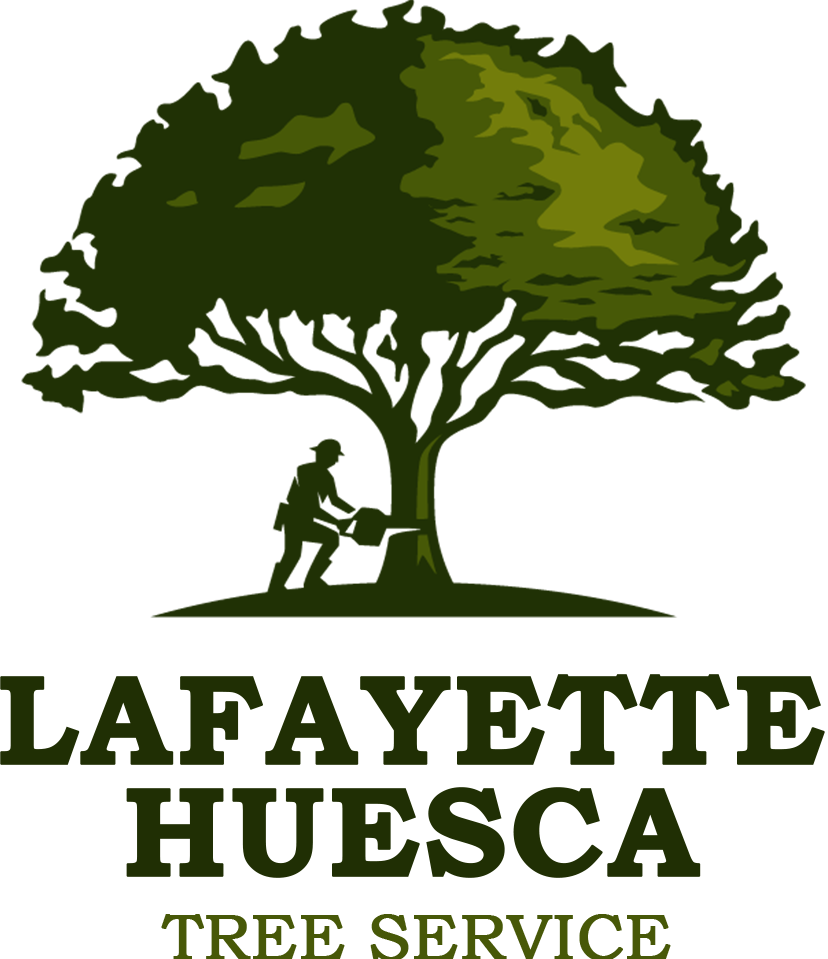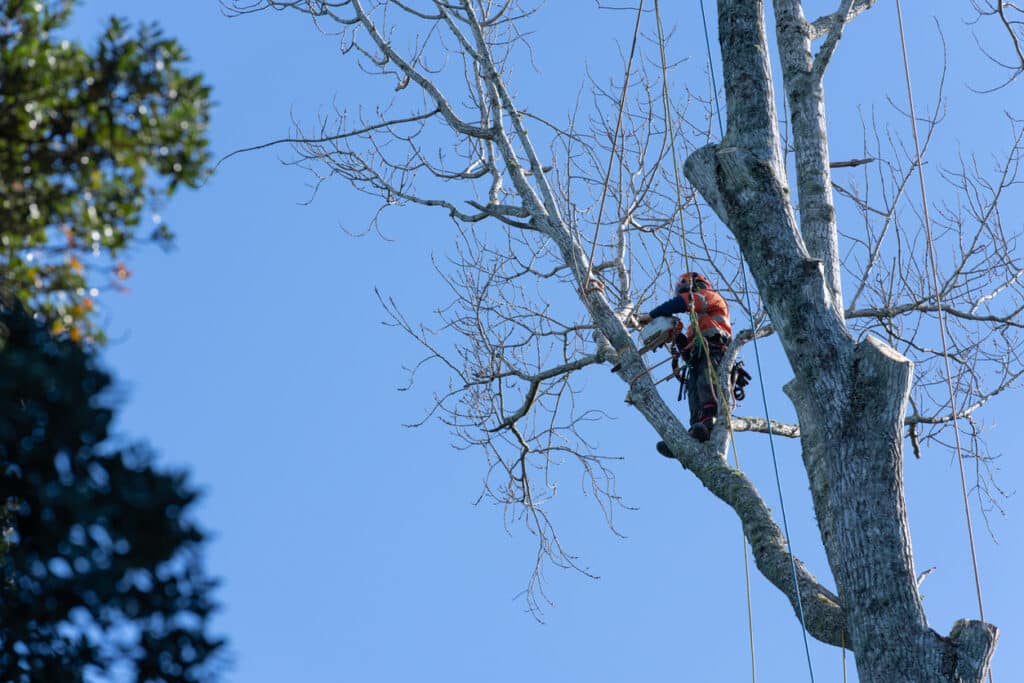Trimming your trees at the right time of year is important for proper tree maintenance. Here is a seasonal guide to help you determine when to trim your trees for optimal health.
Dormancy Is Prime Time for Trimming
For most trees, late winter to early spring is considered the ideal time for pruning. Trees are less stressed during dormancy and more focused on storing energy for the upcoming growing season. Trimming during this time minimizes stress on the tree and allows it to heal from pruning cuts more efficiently. Without leaves obscuring the branches, winter offers a clearer view of the tree’s structure. This allows a professional arborist (tree specialist), to make better decisions about which branches to trim for shaping, safety or disease control.
Pruning during dormancy encourages new growth in the spring. Trimming away dead, diseased, or overcrowded branches allows the tree to focus its energy on healthy growth during the warmer months.
There are some exceptions to the winter trimming rule. For example, it is best to avoid pruning trees that bloom in early spring on old wood, such as some dogwoods and magnolias. These trees flower on branches that grew the previous season, so pruning in winter would remove their flower buds.
Spring Has Sprung: Time for Minor Trimming and Shaping
Spring is a season of new beginnings, including new growth on your trees. While major pruning is best done in winter, you can do some minor trimming and shaping in early spring, right before new growth explodes.
Spring is also a suitable time to inspect your trees for signs of pests or diseases. If you notice any problems, address them promptly to prevent further damage to the tree.
Avoid Trimming During the Dog Days of Summer
Summer might seem like a good time to trim your trees, but it is best to hold off. Summer is a stressful time for trees. They are battling hot temperatures, intense sunlight, and increased insect activity. Trimming during this time adds additional stress and can weaken the tree’s defenses against pests and diseases. Trees heal from pruning cuts by compartmentalizing the wound. This process is slower during hot weather, and this makes trees more susceptible to infection from insects and diseases.
Fall Trimming for Specific Needs
Fall can be a suitable time for specific types of tree trimming, but it is generally not the best time for major pruning. In late fall, after the leaves have fallen, you can remove any dead, diseased, or broken branches that pose a safety hazard during winter storms. This will help prevent branches from breaking under the weight of snow or ice and potentially damaging your property or injuring someone.
Fall is a good time to prune fruit trees after they have finished fruiting. This allows the tree to focus its energy on root development and prepares it for the following year’s fruit production.
You can never go wrong when you work with an arborist for tree trimming. For tree trimming and pruning in Lafayette, IN, call Lafayette Huesca Tree Services.







